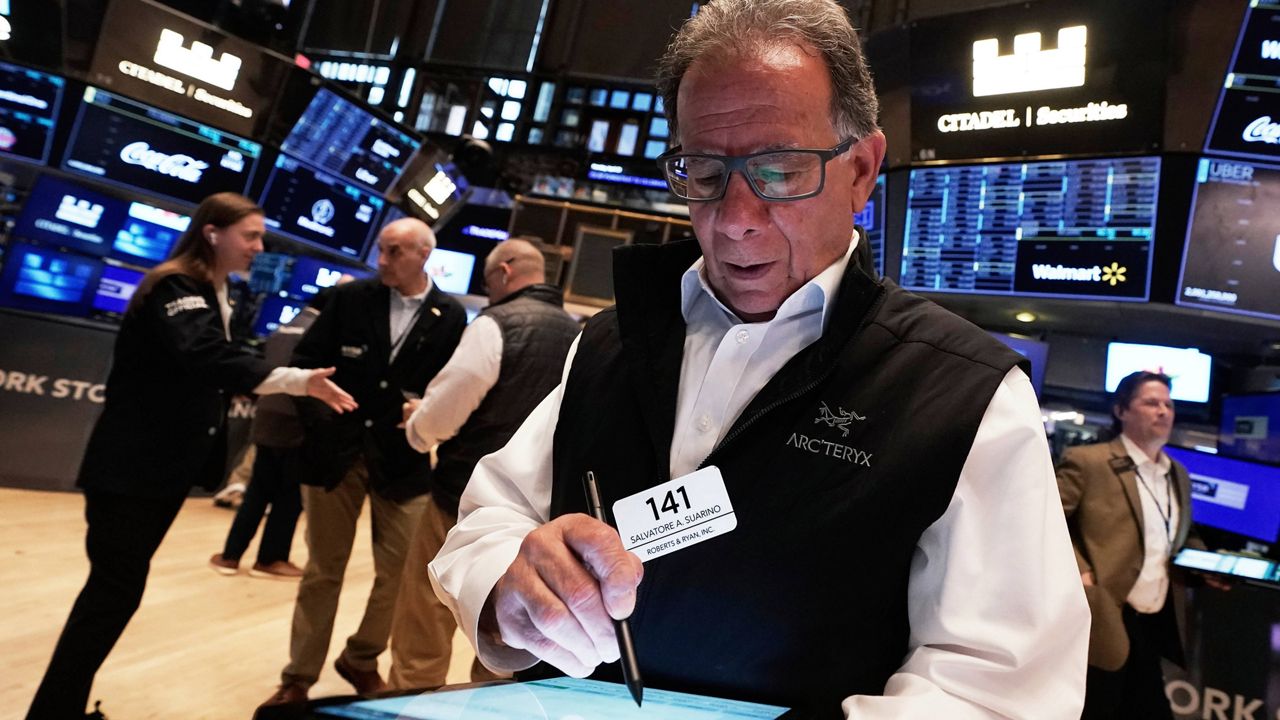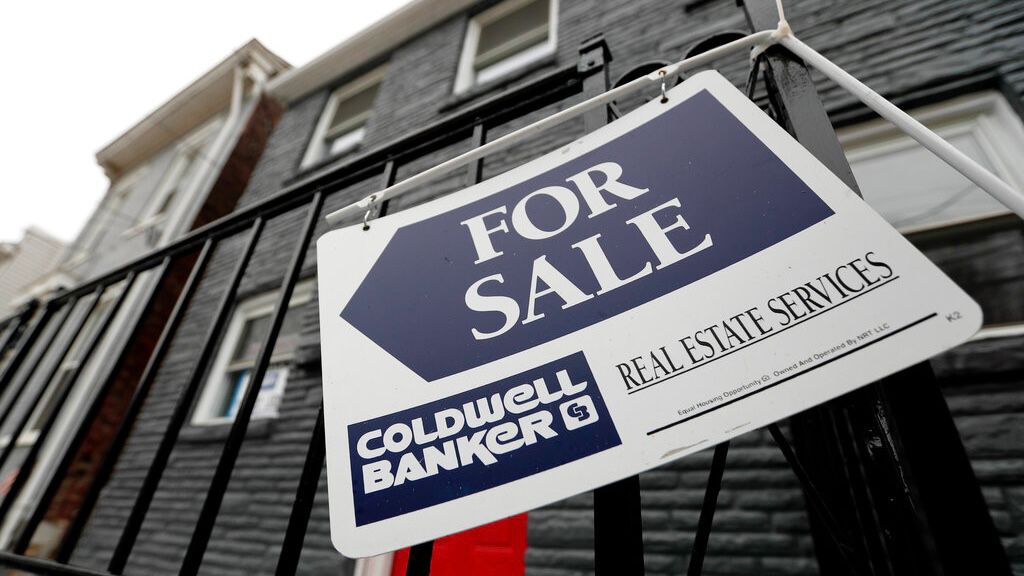LOS ANGELES — Imports into the United States from China will begin to dramatically decrease next month as shippers on both sides of the Pacific Ocean react to tariffs of at least 125%.
At the Port of Los Angeles, where 40% of imports come from China, cargo volumes are expected to drop by at least 10% from July through the end of the year, according to its executive director.
“The ripple effects of these tariffs will be felt by all of us," Port of LA Executive Director Gene Seroka said Friday during his monthly briefing on cargo volumes at the country’s busiest port. "There’s no way around that."
From clothes and electronics to electric vehicle batteries and other manufacturing materials, a wide variety of goods come through the port before they are shipped to the rest of the country.
Seroka said anything coming from China at the current tariff rate will cost U.S. consumers more than double what they pay now.
“Buckle up,” Seroka said. “This is going to get really bumpy for us.”
On April 2, President Donald Trump announced a sweeping reciprocal tariff plan that included a 10% baseline tariff on all U.S. imports and even steeper taxes on major U.S. trading partners. China, already subject to 20% tariffs imposed in February, was hit with an additional 34% tax. When China retaliated with a 34% tariff on U.S. imports, the president countered with an additional 50% tariff.
On Wednesday, the president paused most of his reciprocal tariffs for 90 days but raised the Chinese tariff again to 125%. China again retaliated, and so did the U.S. As of Friday, the total tariff on Chinese imports is 145%.
While first quarter shipments into the Port of Los Angeles were the third busiest in the port’s 117-year history, as companies rushed deliveries before President Trump’s tariffs took effect, April shipments remain “promising” as “importers are still bringing in what may be the end of the extra inventory ahead of these tariffs.”
By May, during a quarter that typically sees cargo volumes increase as importers and retailers stock up on specialty goods such as spring and summer fashion and back-to-school items, overall volumes will start to ease.
“When you have a tariff rate of 125 to 145%, it effectively shuts down trade,” World Shipping Council President Joe Kramek said during the port briefing.
The council is a global trade association that represents 90% of the shipping industry.
“What we have presently is two things both traders and markets hate, which is uncertainty and unpredictability,” Kramek said. “It certainly does seem there’s going to be a reduction in trade particularly on the Transpacific.”
Seroka said he’s been speaking with shippers in Asia who are stopping exports from China because of the tariffs. So far, 12 ships have canceled sailings that were scheduled to come into the Port of LA in May.
When Trump imposed tariffs on $50 billion of Chinese goods in 2018, Seroka said the Port of LA saw a similar scenario to what it is currently experiencing: a big run up in cargo volume before the tariffs took effect, followed by a 16% decline in shipments.
This year, “at the very least, I see a 10% drop in volume, and it may be more than that,” Seroka said, adding that the president’s trade policies remain in flux. “We just don’t know. There’s not a lot of certainty because the policy is not that clear.”











